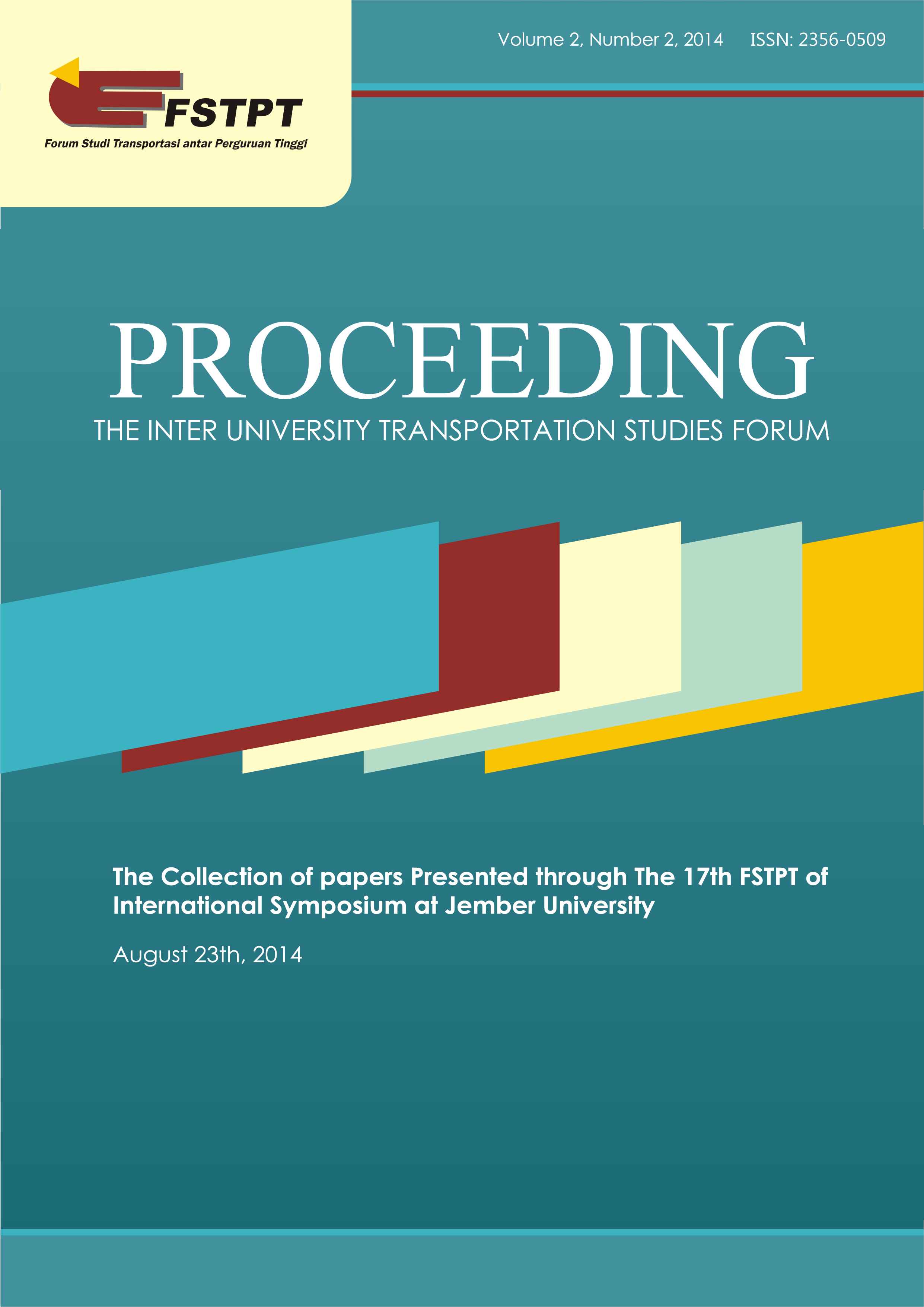OPTIMALISASI JANGKAUAN PELAYANAN HALTE BRT/BUS TRANS SEMARANG
Abstract
The growth of urban population is often not accompanied with adequate public transport. To meet the needs of public transport, Semarang city are beginning to develop the provision of Bus Rapid Transit (BRT) or Bus Trans Semarang in 2010. One of the problems to meet the needs of public transport services is BRT shelter range of service is not optimal. It can be seen from the BRT shelter service outreach at a radius of 400 meters (on foot) only covers 47 % of the 177 districts (kelurahan) in the city of Semarang. The limited range of shelter coverage is due to lack of modal options (such as taxi motorcycle, rickshaw, bicycle) between residential location with BRT shelter. To overcome these problems required the addition of BRT shelter outreach radius to a radius of 3 km by bike and ride facilities (for bicycles) and other advanced modes such as taxi motorcycle or rickshaw.



